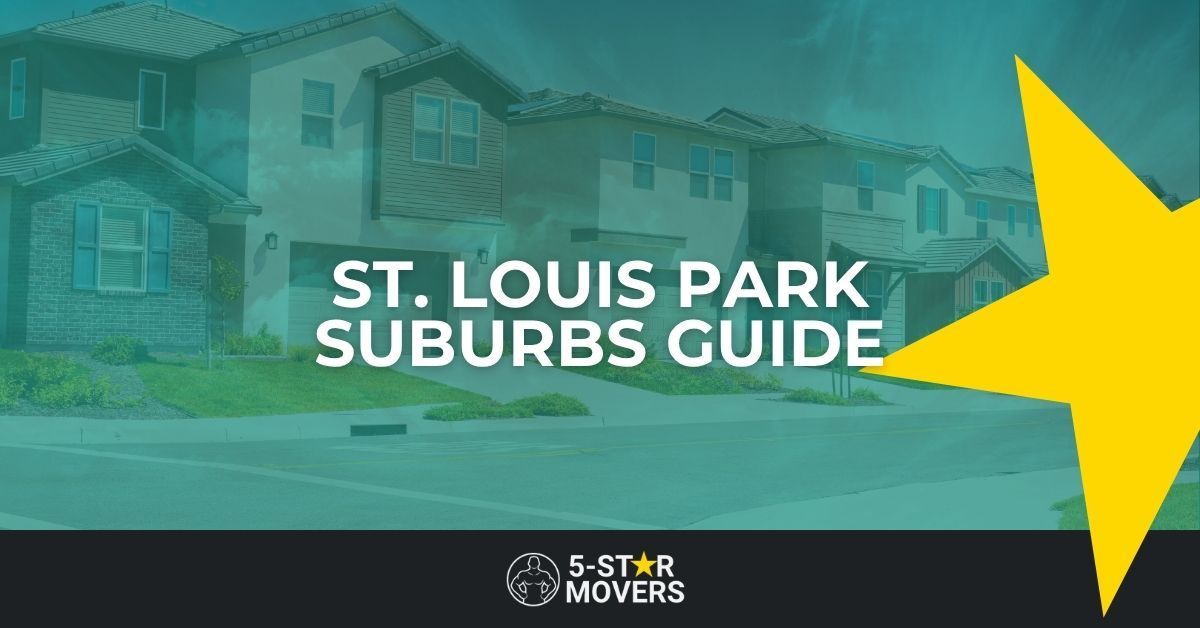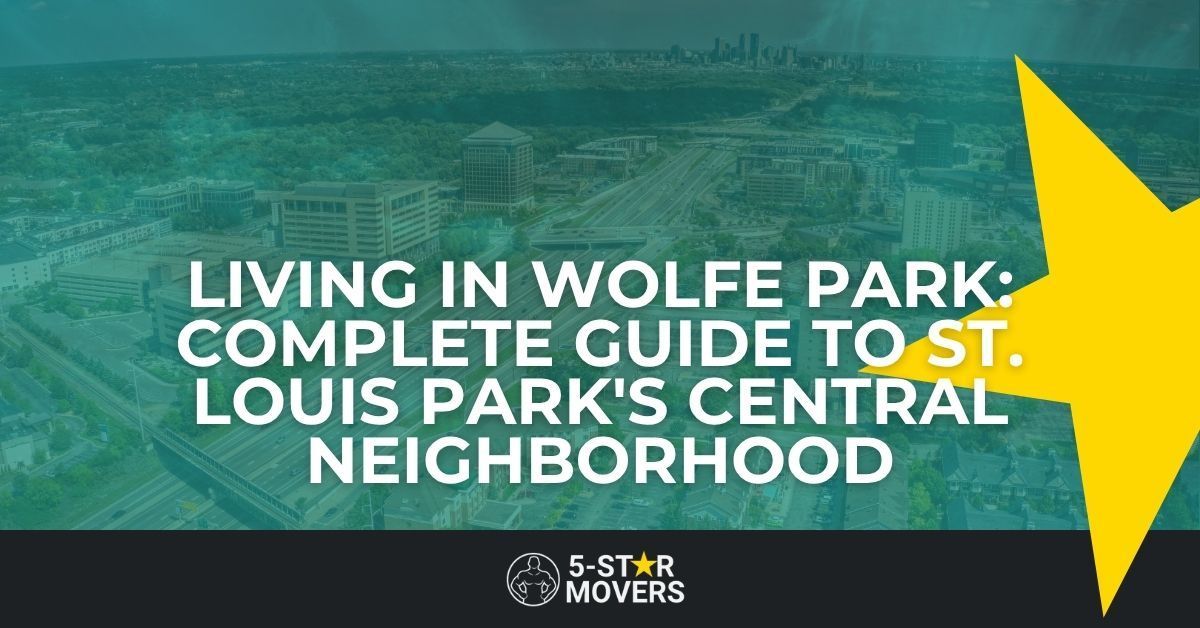Top 5 Best Neighborhoods to Live in Minneapolis
Are you new to Minneapolis? Or do you plan to shift from your present location? Minneapolis is full of wonderfully diverse and developed neighborhoods, each having its distinctive features and feel. There are towering skyscrapers, beautiful blue lakes and rivers, city streets with tree canopies, and much more in this great city. Each area has a unique style and vibe. All Minneapolis neighborhoods are great, but which one is the best? It will mainly depend on what you are looking for.
Do you want stylish and happening surroundings or quiet neighborhoods with small-town vibe? Minneapolis offers a melange of both worlds which they can relate to as a safe and the right kind of neighborhood to settle down in. Minneapolis is quite spread out and made up of 11 communities which are further categorized into smaller neighborhoods. Most of these are a class apart with top-class lifestyles and living conditions. Listing just 5 neighborhoods is tough, but here is a list of the best 5.
1. Linden Hills
This area is among the most popular neighborhoods in Minneapolis and a wonderful choice with its many attractions. It feels more like an urban village with streets lined with trees. It is placed beautifully between Lake Harriet and Lake Calhoun.
The whole area is full of parks, and there are several biking and walking paths for people to enjoy. If you love spending time outdoors, this area is perfect for enjoying ice cream on summer days.
A ride on the Como-Harriet Streetcar which is a vintage trolley, will take you back in time. Lake Harriet Bandshell is still as popular as it was ages ago. Tourists and locals alike flock to it to relish some great performances and events.
Linden Hills is often referred to as a “small town in the city,” and rightly so. It is urban living but with a reminder of the times gone by.
2. Downtown East
Once an under-utilized and mostly ignored part of Minneapolis, Downtown East is now probably one of the most in-demand neighborhoods in the city. It used to be a historic and predominantly mill district that has undergone a tremendous transformation with the brand new residential and commercial buildings coming up in the area. One big attraction in this area is the huge U.S.
Bank Stadium that hosted the Super Bowl in 2018.
Though Downtown East is considered a part of the Basic Downtown, it has developed its own style and flair. It has become a fine arts center with the MacPhail Center for music and Guthrie Theatre.
The Mill City Museum is another great attraction for history buffs. The Downtown East Commons is a public space and is like an oasis providing a calming escape from the busy city life. Several new restaurants and shops along the Mississippi River waterfront serve the locals and tourists alike.
3. Ericsson
Southeast Minneapolis is a great neighborhood also known as the ‘hidden gem.’ Ericsson features in most of the top 5 or top 10 Minneapolis neighborhoods. The neighborhood is famous mainly for its affordability and easy accessibility to the various amenities.
The original architecture and beautiful streets lend it a unique character. What attracts many people to this neighborhood is that the average cost of an average home is around 250 thousand dollars. This price is more affordable when compared to many other neighborhoods.
Moreover, Ericsson is located between Lake Hiawatha and Minnehaha Falls, making it ideal for people who love outdoor activities. There are cute little bungalows here, but designs are far from the cookie-cutter variety. This neighborhood is excellent for young families or senior citizens who want to cut back on their expenses and spend time in a good environment.
4. North Loop
On the west side of downtown, several old warehouses have now been transformed into glitzy bars, trendy nightclubs, boutiques, restaurants, galleries, and new residential spaces. It is easy to walk in this area because of its tree-lined streets and easy accessibility.
Young professionals who work downtown prefer this area because of its nightlife and stylish and trendy vibe. There is a good mix of new residential buildings, historic lofts, and grand townhomes along the beautiful riverfront.
The Smack Shack is one of the most popular restaurants and is featured on Diners Drive-ins and Dives. The Fulton Brewing Taproom is frequented by people who are on their way to watch a baseball game at the Target Field.
5. Uptown
It is not as if all the good neighborhoods are in the downtown area. Home to more than 30000 residents, the iconic Uptown area also attracts many people. This area is known for its high-energy character, attracting a mix of people ranging from pierced and tattooed to the hip and happening. It is placed near Lake Calhoun and Lake of Isles, to the south of downtown.
Located at the intersection of Lake Street and Hennepin Avenue, Uptown is a trendy and vibrant area. The nightlife with many events and festivals is popular and is a big attraction. There are many restaurants, theaters, and boutiques offering astonishing variety and entertainment. This area has a magnetic pull for young people and others who are young at heart.
Conclusion Minneapolis has some of the best neighborhoods catering to a variety of people. The 5 best neighborhoods are just the tip of the iceberg. There are many more wonderful neighborhoods, and it is best first to understand what you need. This will help you to find the best neighborhood which is suitable for you.





